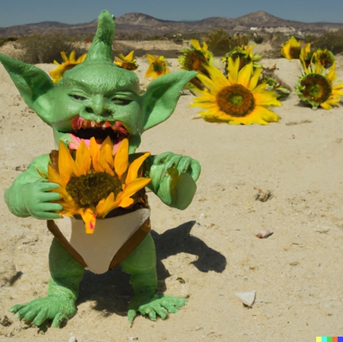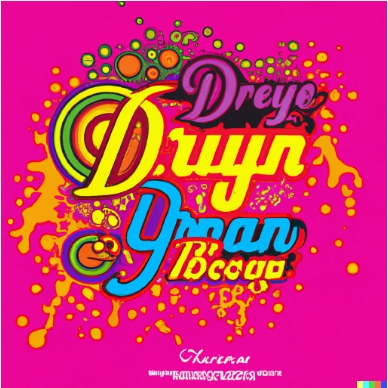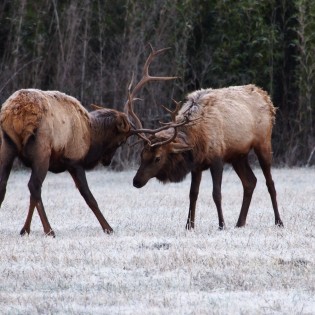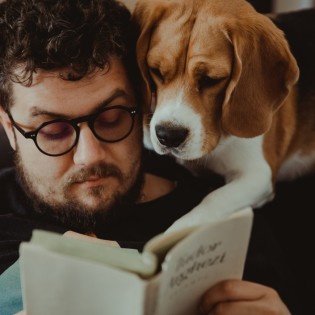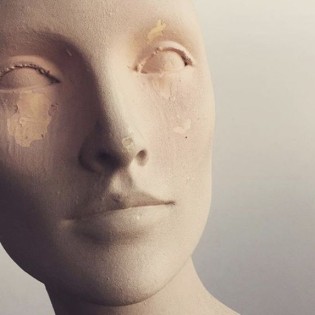AI art: DALL·E reviewed

Writers are spooked but should illustrators be worried too?
The hope that robots will take over mundane chores such as laundry and washing up is still a pipe dream. But AI tools that can ape and, for most, better our artistic talents have definitely landed.
Conjure up the most incongruous set of words, type them into website DALL·E and a set of four images will soon appear before your eyes.
“A photo of a goblin eating sunflowers in the desert”; “a sad clown running on the moon”; “an illustration of a golden retriever on the moon, eating a Mars bar, with a cap on”.
These are all images that most humans would struggle to imagine and yet the website DALL·E – a portmanteau of the artist Salvador Dali and Pixar’s character WALL-E – serves up four options within half a minute. Not only can it create photorealistic images from a simple text description, it can also edit photos based on a text description and fill in or replace part of an image with AI-generated imagery.
It’s undoubtedly alarmingly clever. An explainer tells me it works by training an artificial neural network on images and their text descriptions. This is still gobbledygook to me but ultimately it somehow not only understands standalone objects but can recognise patterns between them and the relationship between them. It can therefore put two unlikely objects together realistically, like a panda riding a motorbike.
DALL·E 2, the latest system created by ChatGPT-maker OpenAI, is just one of a growing number of AI-image generators on the market. Others include Midjourney and Stable Diffusion. And like all AI, they’re constantly getting smarter.
What does AI mean for artists, illustrators and marketing departments?
OpenAI’s CEO Sam Altman says it’s a tool that “help artists and illustrators be more creative”.
But he also says: “A decade ago, the conventional wisdom was that AI would first impact physical labour, and then cognitive labour, and then maybe someday it could do creative work. It now looks like it’s going to go in the opposite order.”
It’s still early days and hard to predict. From my very small-scale research it would seem it could be useful for creating mood boards, new logos and website designs such as banner images. But I imagine it will take some pretty precise instructions to get AI-generated stuff to meet branding requirements.
And DALL·E 2 doesn’t seem to have cracked the stock images market yet. I asked for a photo of a business woman in an office on her laptop, looking at the camera. The eyes were creepy (see top image).
But I'm sure, with time, AI systems could be a serious competitor to stock image providers. As well as to illustrators. A father in California self-published a children’s book using only ChatGPT and Midjourney.
It will probably speed up the job for marketeers. It may well put pressure on graphic designers’ pricing. But it will also help them come up with ideas, freeing up their time to tweak the work to get it just right.
Worries over copyright with AI
Before this fledgling industry becomes a serious competitive threat, there are some major ethical and copyright hurdles to overcome. Artists are getting frustrated and angry that images are being scraped from the internet and used to train image generators; three have recently filed a lawsuit.
They claim that an AI-art generator scraped copies of billions of copyrighted images from the internet without permission, to use as “training images” for its tool. And Getty Images is taking legal action against one company for the unlawful copying and processing of millions of images protected by copyright.
AI tools to help the marketing and creative industry will undoubtedly proliferate. As well as image generators, there are already those that can help create music, edit podcasts and automate your workflow. And, of course, there is the ubiquitous ChatGPT for text generation.
The wisest approach must be to embrace these technological advances, read up and learn about them; find out how they can help your business. My hope is that it won’t steal work from our best artists.
Surely there will always be a greater appreciation for images created by humans than machines, in large part due to the awesome hard work that goes into creating our greatest works of art.


